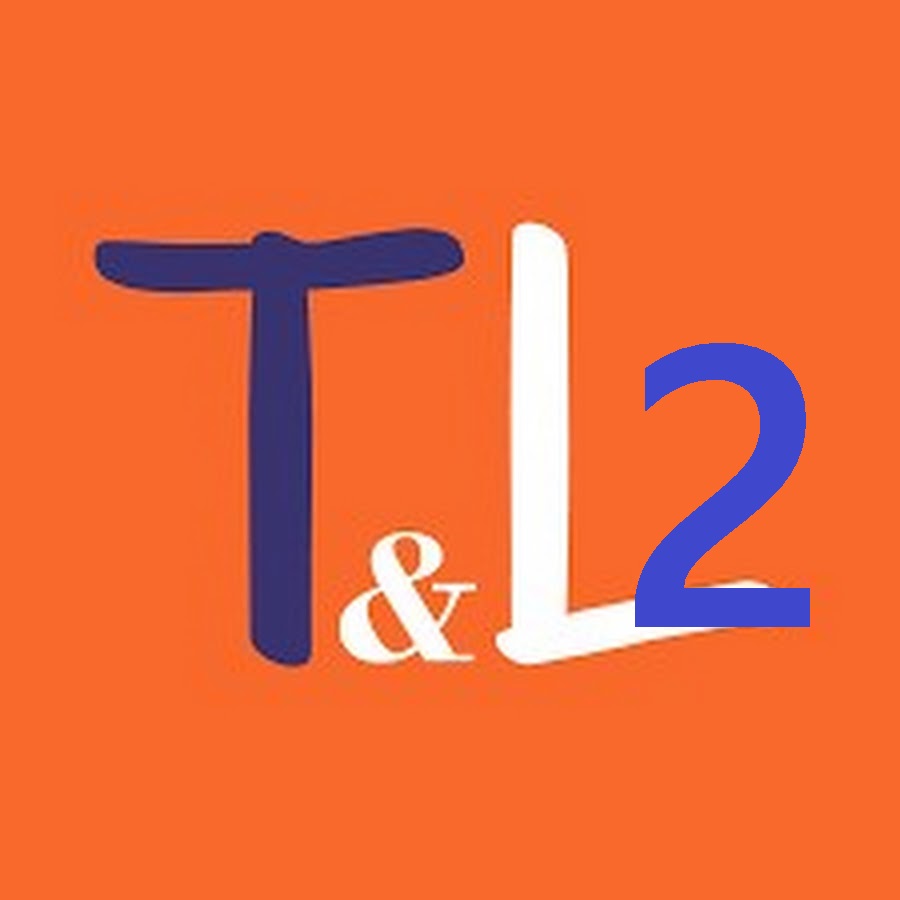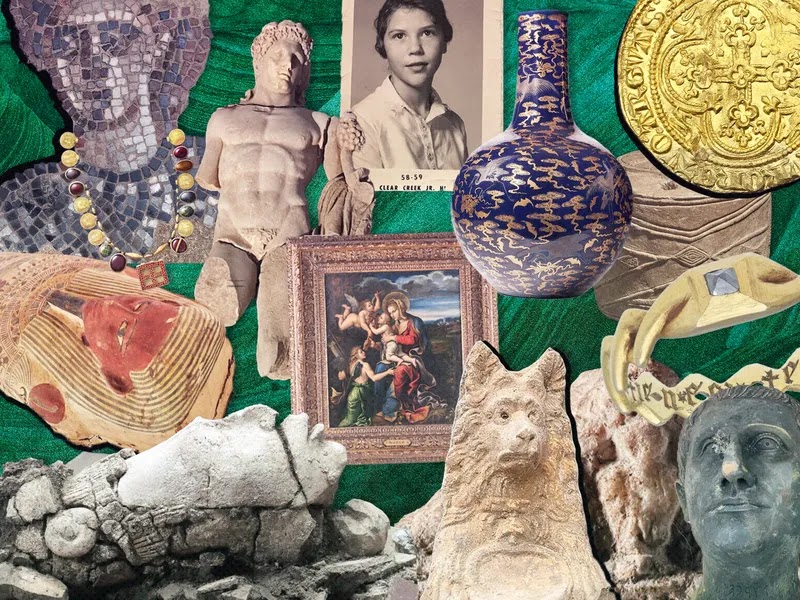How do scientists determine the age and extent of ancient objects?
According to scientific reports, radiocarbon dating is considered the most common method so far to determine how old or old an object is, as this method includes measuring the amounts of carbon 14, which is one of the radioactive carbon isotopes, which is formed high in the atmosphere, and everything is... Living, breathing it
Reports pointed out that when living organisms die, they stop absorbing carbon 14, and the remaining amount in their bodies begins a slow process of radioactive decay.
Here, scientists can determine how long it takes for half of a certain amount of carbon 14 to decay, a period of time called half-life. This allows them to measure the age of an organic piece (whether it is an animal skin, a skeleton, ashes, or a tree ring) by measuring the percentage Carbon 14 to the remaining carbon 12, then compare these
Quantity in carbon 14 half life.
She explained that the half-life of carbon 14 is about 5,730 years, which makes it ideal for scientists who want to study the last 50,000 years of history. The scientist Higham followed this point by saying that this part covers the history of humanity, the origins of agriculture, and the development of civilizations, adding that all of these Things happened in the radiocarbon period
He explained that with regard to the oldest known objects in the world, dating with uranium, thorium, and lead is the most useful method for determining their antiquity, adding that scientists often use this method to determine the age of the Earth.

